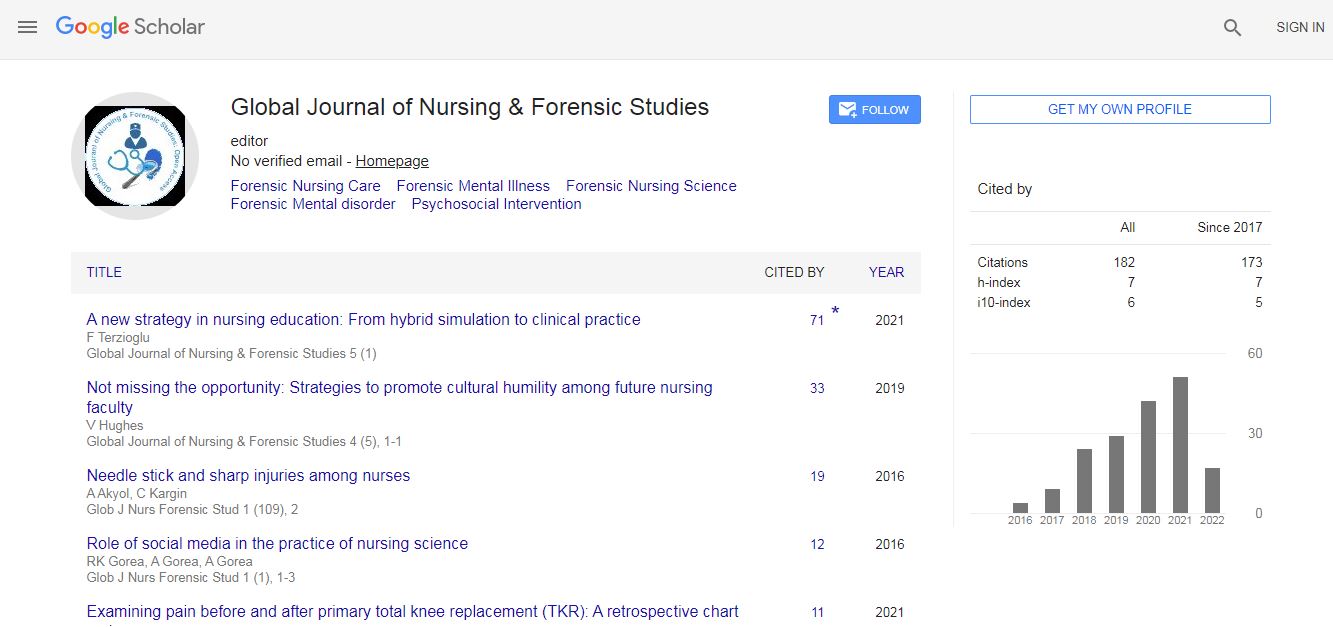Our Group organises 3000+ Global Events every year across USA, Europe & Asia with support from 1000 more scientific Societies and Publishes 700+ ������ Journals which contains over 50000 eminent personalities, reputed scientists as editorial board members.
������ Journals gaining more Readers and Citations
700 Journals and 15,000,000 Readers Each Journal is getting 25,000+ Readers
Citations : 82
Indexed In
- Google Scholar
- RefSeek
- Hamdard University
- EBSCO A-Z
- Euro Pub
- ICMJE
Useful Links
Recommended Journals
Related Subjects
Share This Page
Argus II implant: Experience in a Saudi population
11th Global Ophthalmologists Annual Meeting
Saba Al Reshaed
King Khaled Eye Specialist Hospital, KSA
ScientificTracks Abstracts: Optom open access
DOI:
Abstract
Purpose: To describe the anatomical and functional outcome in patients affected by retinitis pigmentosa (RP) who received the Argus II Retinal Prosthesis System at King Khaled Eye Specialist Hospital (KKESH). Background: The Argus II Retinal Prosthesis System (Second Sight Medical Products, Inc., Sylmar, CA) was developed to restore some vision to blind patients caused by outer retinal cells degeneration such in retinitis pigmentosa (RP). The 60-electrode array is surgically implanted on the surface of the retina (epiretinal). It elicits visual percepts by electrically stimulating surviving neurons. Visual input is provided by glasses-mounted miniature camera and a video processor. Study Design: Retrospective consecutive interventional case series. Methods: 10 retinitis pigementosa patients have been implanted at the KKESH center. The demographic distribution is 3 female and 7 male patients; average age 41.3 years (range 26.0-55.0 years); 6 OD and 4 OS implanted eyes. Mean implant duration is 2.1 years range from 4 months to 3.8 years. The primary outcome measures were safety (the number, seriousness and relatedness of adverse events) and visual function, as measured by 2 computer-based, objective tests, including square localization and direction of motion. Secondary measures included functional vision performances, including orientation and mobility (O&M) tasks. Results: The implantation of the Argus II Retinal Prosthesis System was safely performed in all patients and remained implanted for 4 years after the surgery. One patient had suture exposure over the coil suture tab and over the inferior case suture tab at 2-years post-implant this was managed by conjunctival suturing. One patient developed mild vitreous hemorrhage that resolved spontaneously one patient had post-operative high intraocular pressure due to tight scleral band (SB) and was controlled by relaxation of SB. Patients performed significantly better with the Argus II on than off on all visual function tests and functional vision tasks (Square localization: Mean error across the population of tested patients was 8.83 cm (SD 0.94 cm) while it was 16.11 cm (SD 1.56 cm) with the system �?¢�?�?�?�?off�?¢�?�?�?; Direction of motion: Mean error across the population of tested patients was 81.32 degrees (SD 6.22 degrees) while it was 90.60 degrees (SD 5.90 degrees) with the system �?¢�?�?�?�?off�?¢�?�?�?). This demonstrates the clinical benefit that Argus II patients implanted in our center receive and it translates in real life improvements for the majority of patients. Conclusion: Our results demonstrate the efficacy and safety of Argus II implant system which can be option to restore some vision in blind eyes with retinitis pigementosa strictly adherent to patient selection criteria is highly recommended.Biography
Saba Al Rashaed is an Ophthalmologist who has experience in handling eye diagnosis, surgeries and recommendations to help patients perform proper care for their eyes. He has excellent skills in performing surgeries and giving treatments, values time and work management, practices effective organizational skills strategies for better coordination with peers. He has been regularly participated in the training of residents as well as fellows. He is a dedicated Researcher, rigorous when it comes to designing the research projects as well as in implementing them and has 30 scientific publications and 66 scientific posts.

